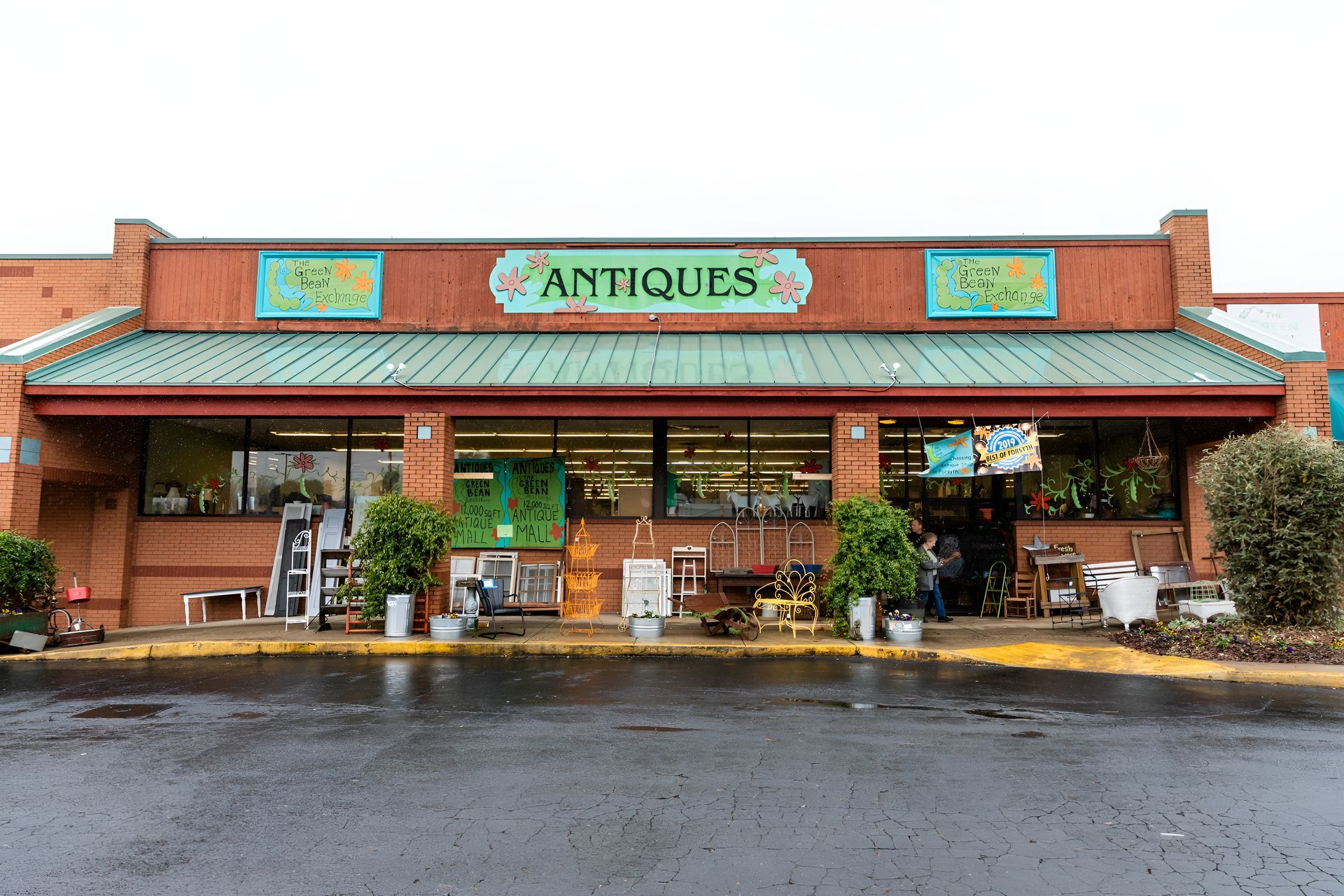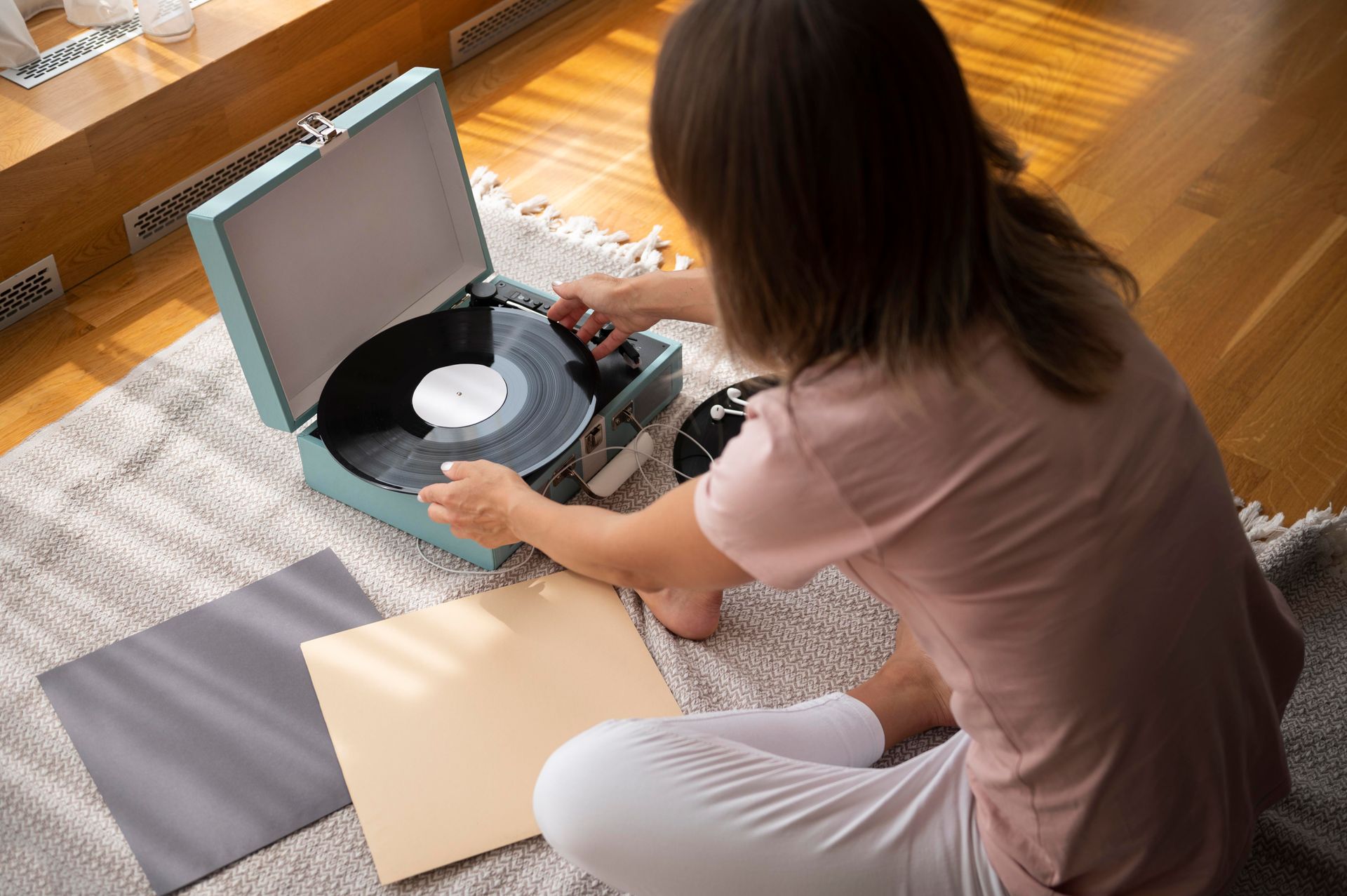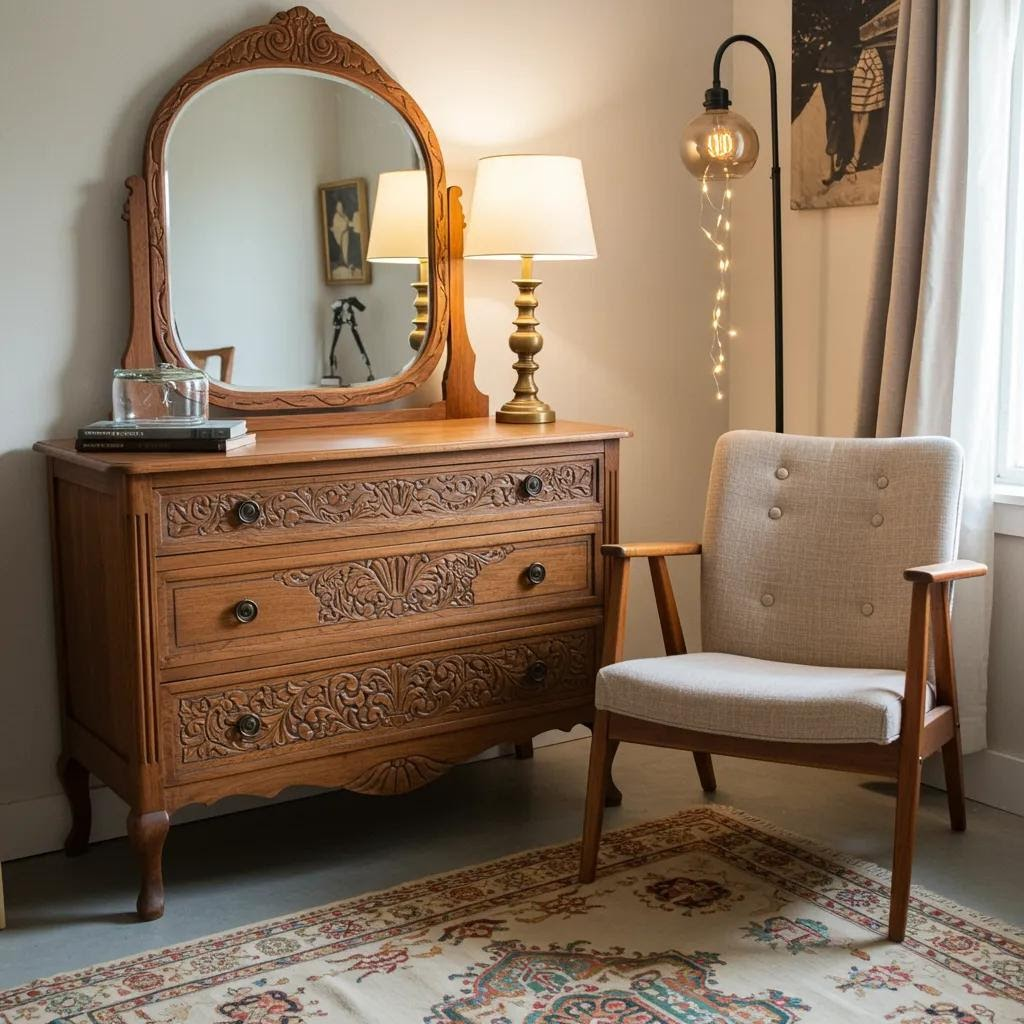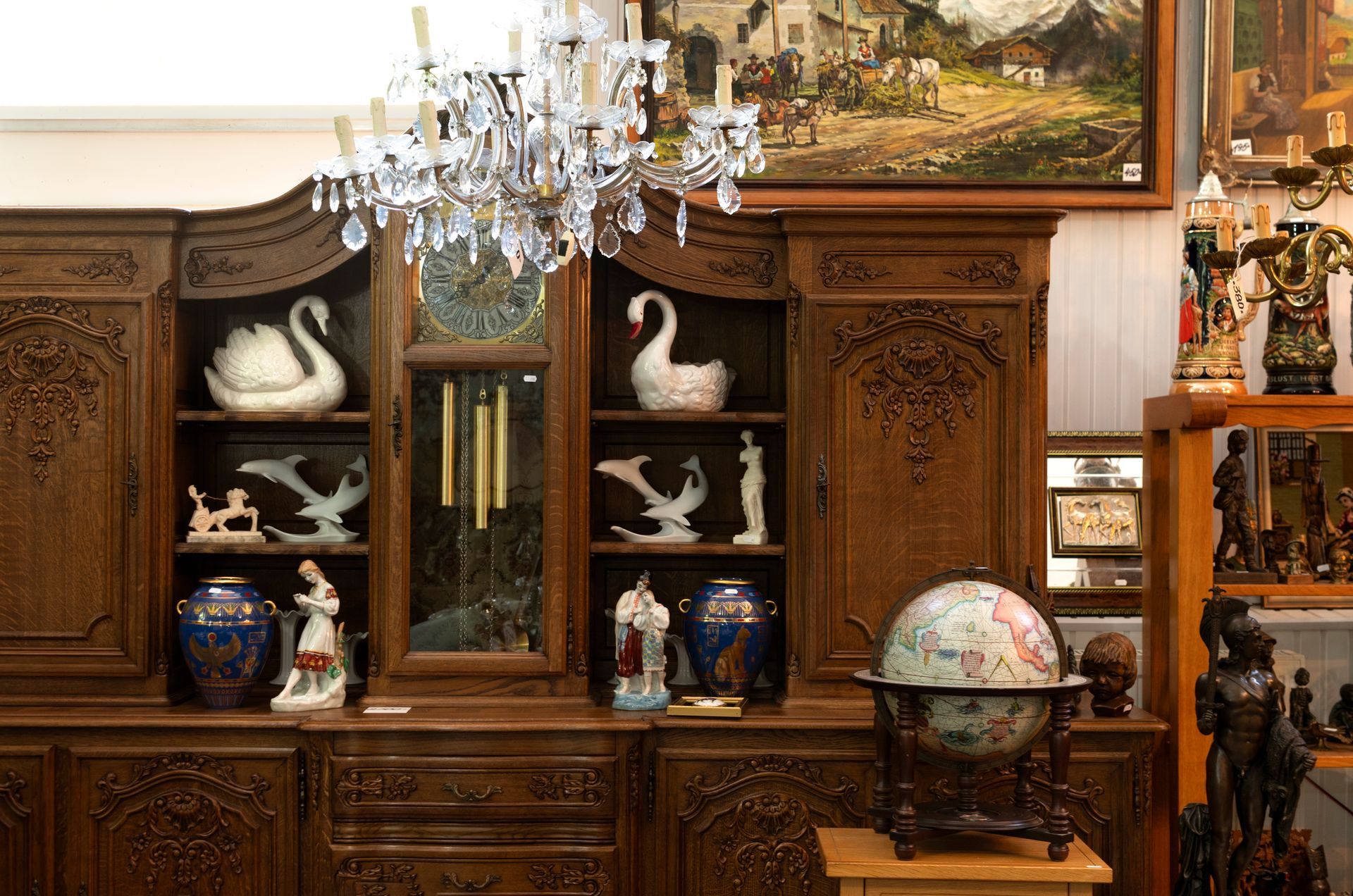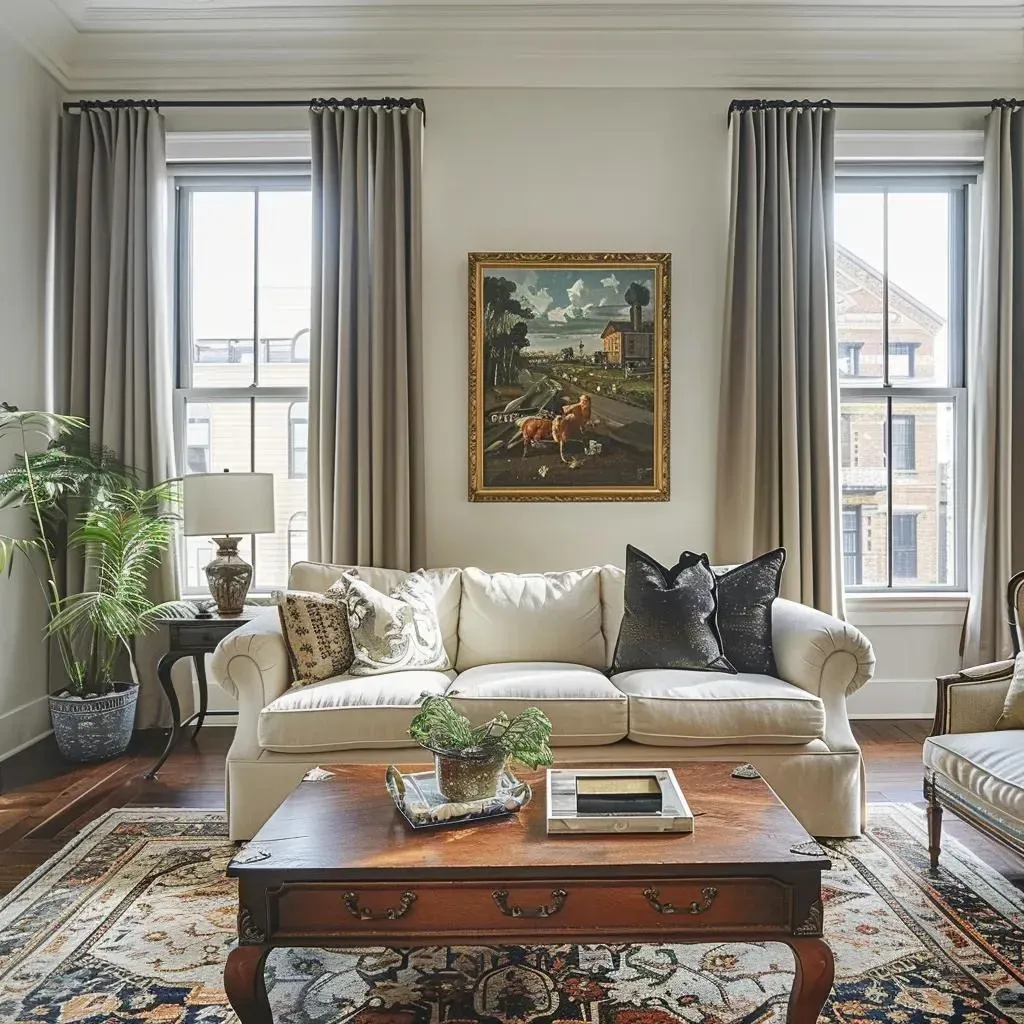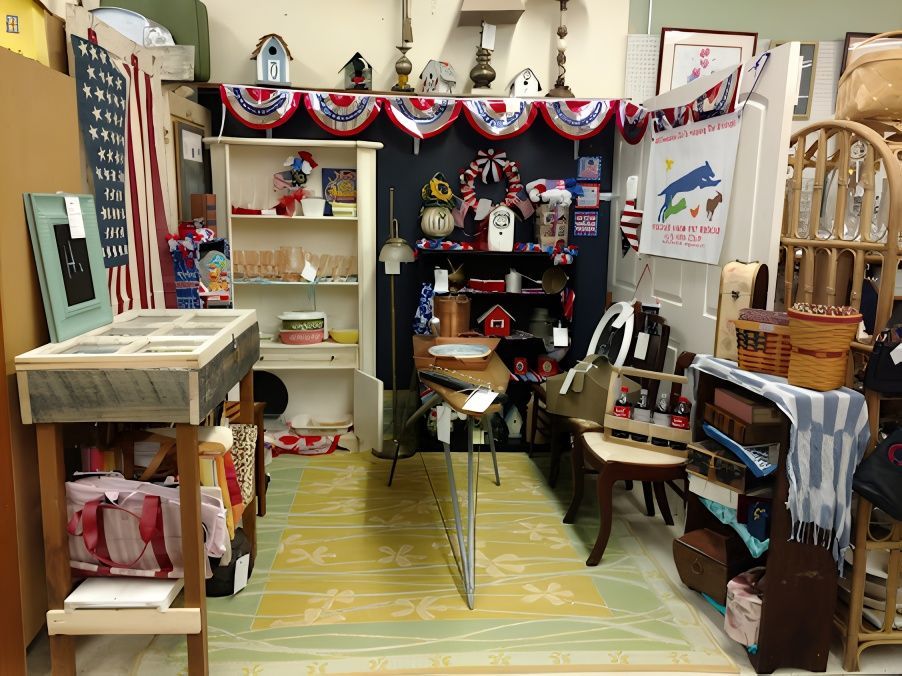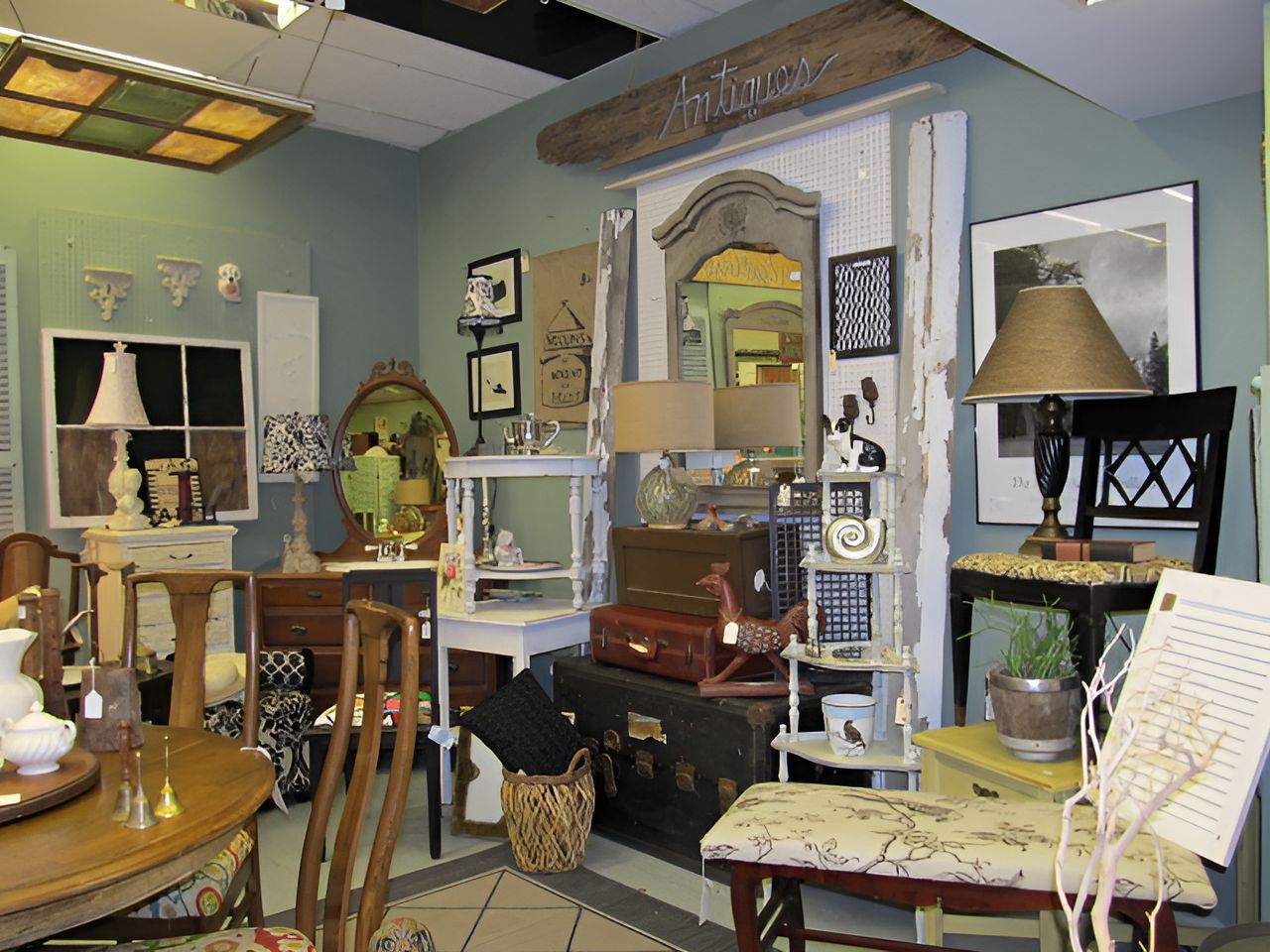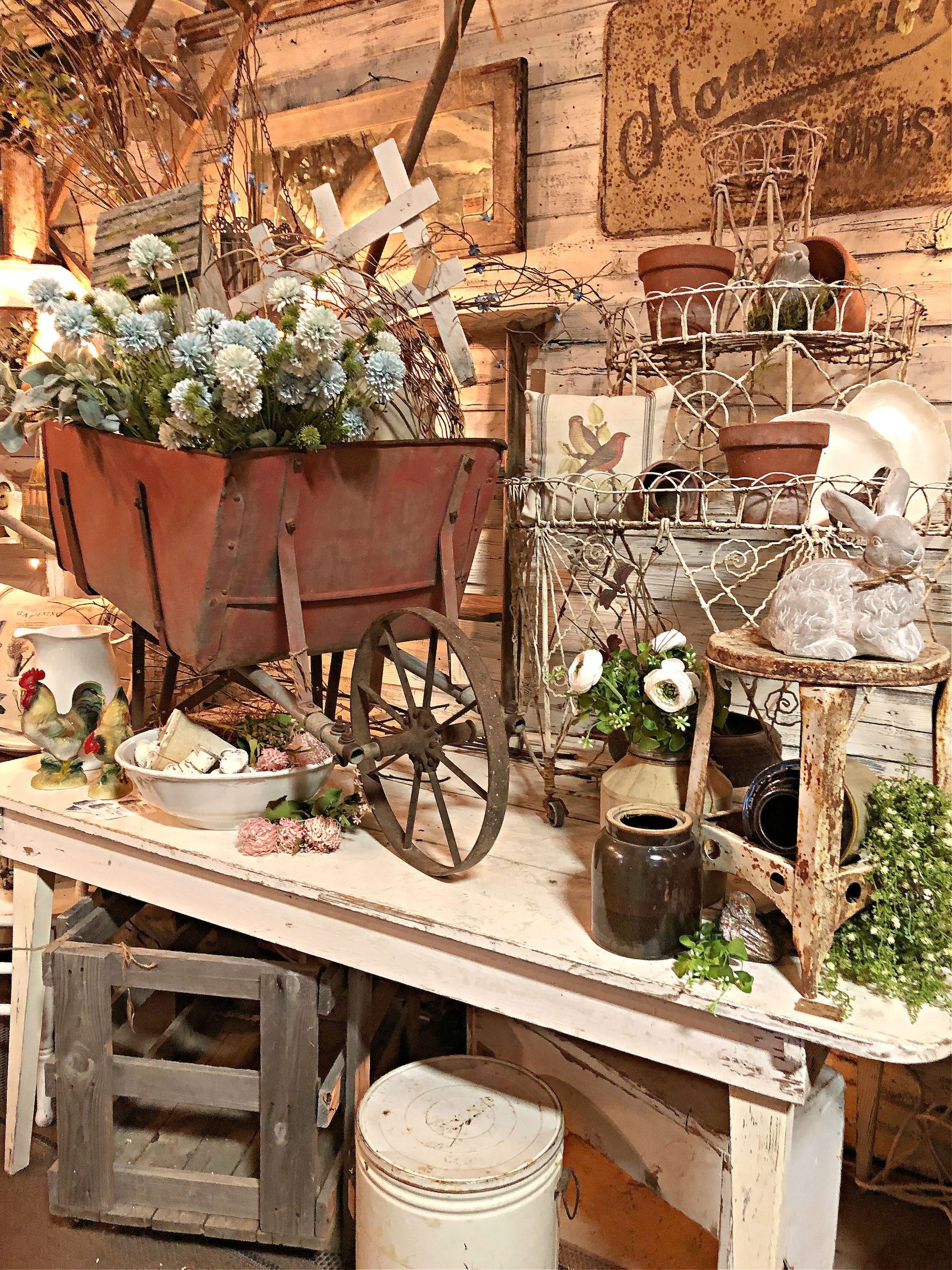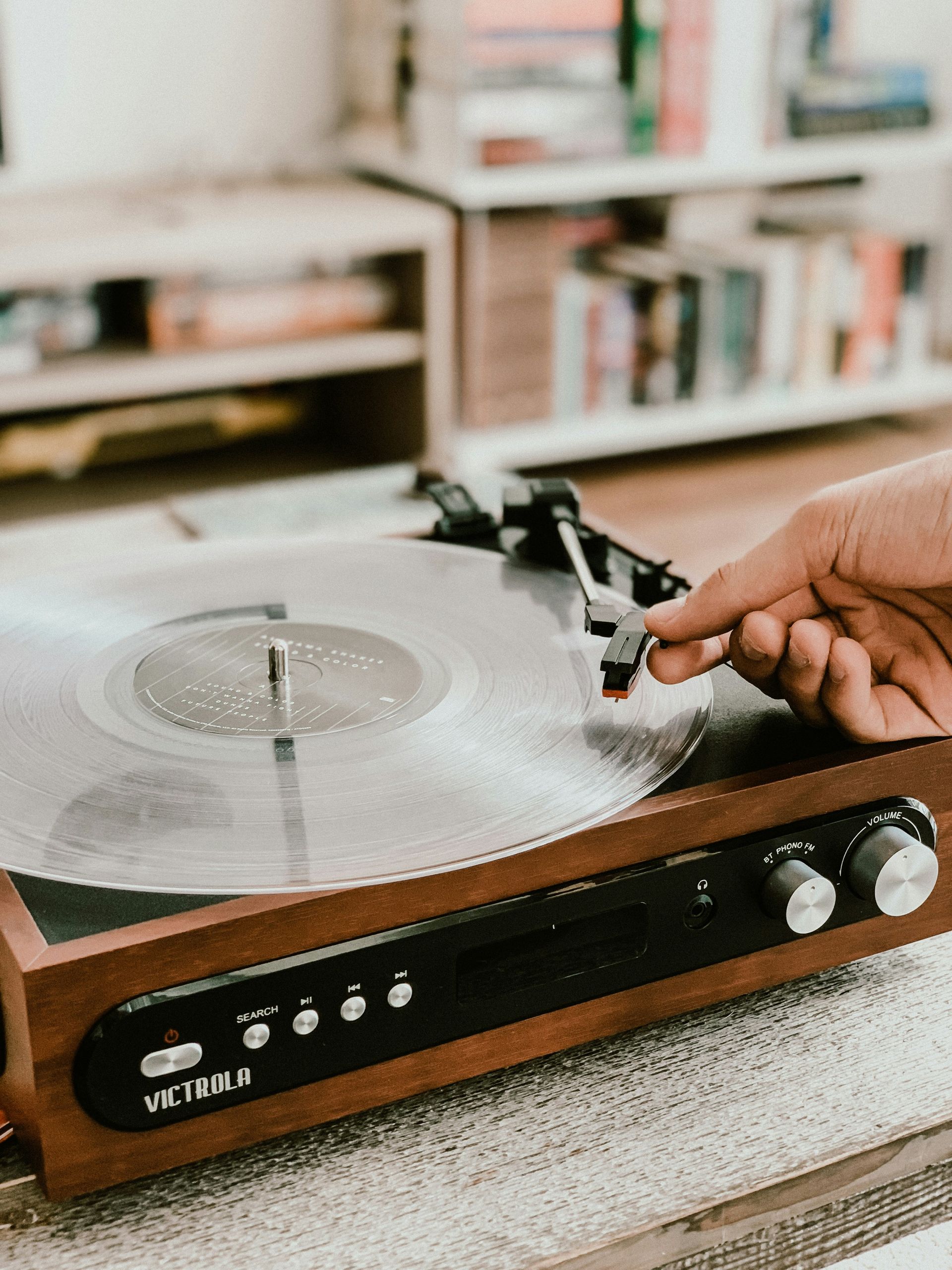How to Repair Vintage Furniture Like a Pro
Vintage furniture holds memories, character, and timeless style, but repairing it can be daunting if you’re not prepared. In this guide, Cumming antique store, The Green Been Exchange, will cover the essential tools, step-by-step techniques, and key considerations for restoring pieces you love. Whether you’re an experienced restorer or a curious beginner, these tips will help you save, restore, and repurpose history.
Key Takeaways
- Discover the tools and materials professionals use for effective vintage furniture repair.
- Learn how to assess your furniture’s condition and know when to seek professional help.
- Find detailed techniques for repairing wood and upholstery, including cleaning, sanding, and protecting methods.
- Get tips on maintaining your repaired pieces and connecting with restoration communities.
- Avoid common pitfalls to ensure your restoration preserves the furniture’s original value.
What Are the Essential Tools and Materials for Vintage Furniture Repair?
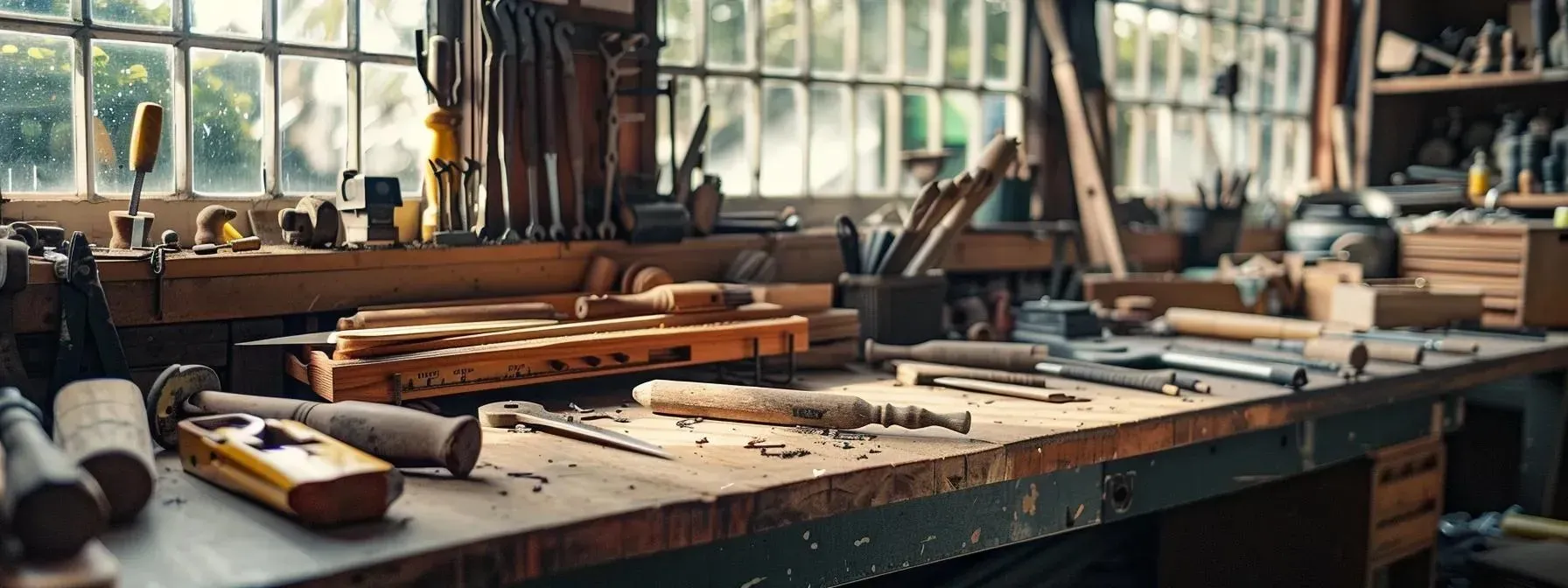
When repairing vintage furniture, start by gathering the right equipment to ensure efficiency and protect the piece’s original qualities.
Which Tools Do Professionals Use for Vintage Furniture Restoration?
Experts utilize high-quality hand planes, chisels, saws, sanders, and scrapers to remove old finishes and smooth surfaces. Precision tools like calipers and rulers ensure accurate repair of joints and veneers, while variable-speed electric drills assist with delicate tasks, such as hardware removal and adhesive application.
What Materials Are Needed for Different Types of Vintage Wood Repairs?
Minor wood repairs typically require wood filler and adhesives that match the original tone. For finishing, matching wood stains, natural oils, finishing oils, or waxes are used. When working with veneered surfaces, special contact adhesives and replacement parts help preserve authenticity while addressing damage.
How to Choose Quality Supplies for Long-Lasting Repairs?
Always choose products tested by professionals. Look for durable, environmentally safe supplies that match original finishes. Reading reviews and consulting restoration forums can guide you in selecting adhesives, stains, and fillers that replicate the vintage look and offer long-lasting repairs.
How Do You Assess the Condition of Vintage Furniture Before Repair?
A thorough evaluation helps determine which repairs are feasible and identifies areas needing extra attention.
What Are Common Signs of Damage in Vintage Furniture?
Look for loose joints, cracks, chipping, water stains, warped wood, or peeling veneer. Outdated hardware and previous repair marks can also indicate where focused restoration is needed.
How to Identify Original Finishes and Materials?
Examine the grain and texture for subtle differences that signal original finishes. Simple tests, like gently wiping with a damp cotton swab, reveal if modern coatings have been added and need removal.
When Should You Consult a Professional Restorer?
For extensive structural damage, significant water or insect damage, or complex veneer issues, it’s best to seek professional help. When uncertain, expert guidance can protect your piece’s value and historical integrity.
What Are the Step-by-Step Techniques to Repair Vintage Wood Furniture?
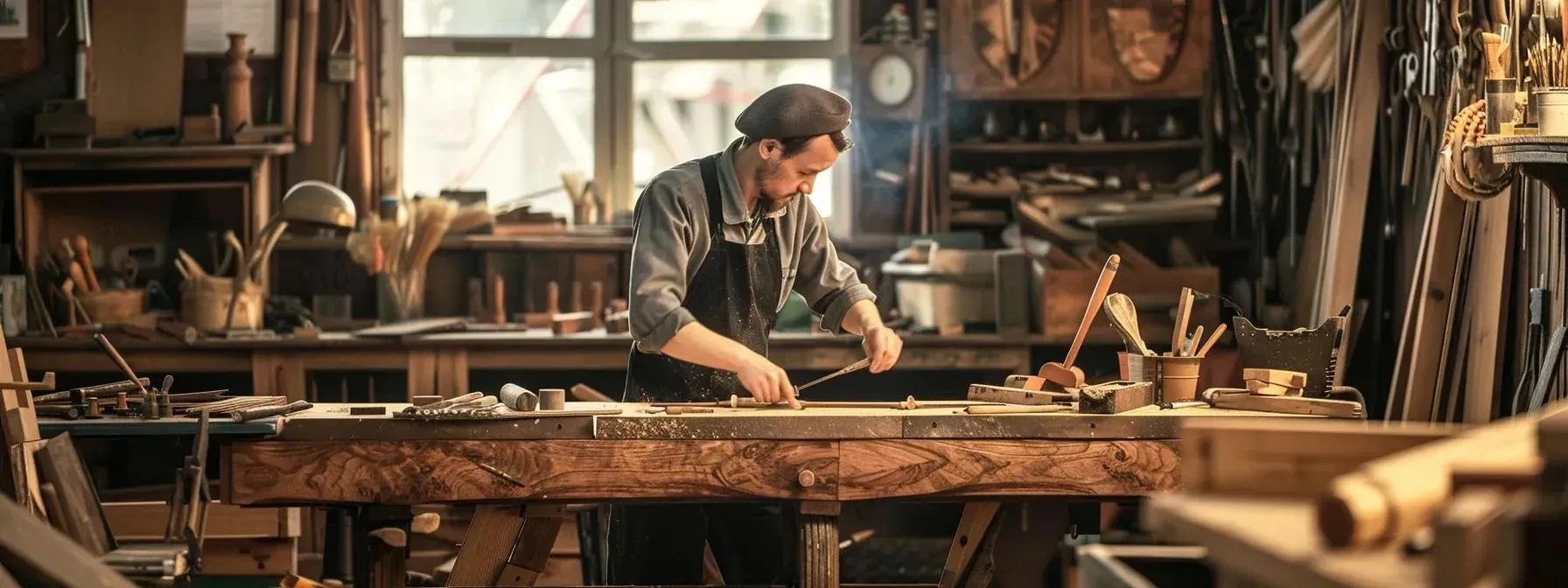
Repairing wood furniture requires careful steps to preserve its charm while fixing visible damage.
Clean and Prepare
Clean the wood with a mild detergent solution, then gently brush away dirt using a soft cloth. Allow the furniture to dry fully before lightly sanding with fine-grit sandpaper to remove remaining finish remnants. Always wear protective gear during cleaning and sanding.
Fix Cracks, Chips, and Loose Joints
Small cracks and chips are best repaired with a matching wood filler. For loose joints or larger holes, apply wood glue, use clamps, and allow proper curing. If needed, insert splints or dowels for additional reinforcement before refinishing.
What Are the Best Practices for Sanding and Refinishing Vintage Pieces?
Sanding should progress from medium to fine grit, always following the grain. After sanding, apply a stain or finish that closely matches the original. Use multiple thin coats with proper drying and light sanding between layers for an even, durable finish.
How to Protect Repaired Furniture With Sealants and Waxes?
Finish by applying a clear sealant or natural beeswax. A quality sealant guards against moisture and enhances luster, while regular maintenance with wax helps keep your furniture looking vibrant and authentic.
How Can You Restore Vintage Upholstery Like a Pro?
Upholstery restoration requires delicate handling and the right materials to preserve both structure and style.
What Are the Basics of Removing and Inspecting Old Upholstery?
Carefully remove the old fabric while taking photos for reference. Inspect the padding, springs, and frame for wear, mold, or damage. Replace foam or padding as necessary, working in a ventilated space and wearing protective clothing.
How to Choose Authentic Fabrics and Padding for Vintage Pieces?
Select fabrics that match the original colors, patterns, and textures. High-quality padding should mimic the density of vintage materials. Expert advice or historical design guides can help choose materials that combine authenticity with modern comfort.
What Are Step-by-Step Upholstery Repair Techniques?
After removing the old fabric, repair weak springs or frame elements with new webbing or foam. Apply a layer of batting for a smooth finish, then cut and staple the new fabric carefully. Add decorative trim if desired, ensuring the fabric remains taut and wrinkle-free.
How to Maintain and Preserve Vintage Furniture After Repair?
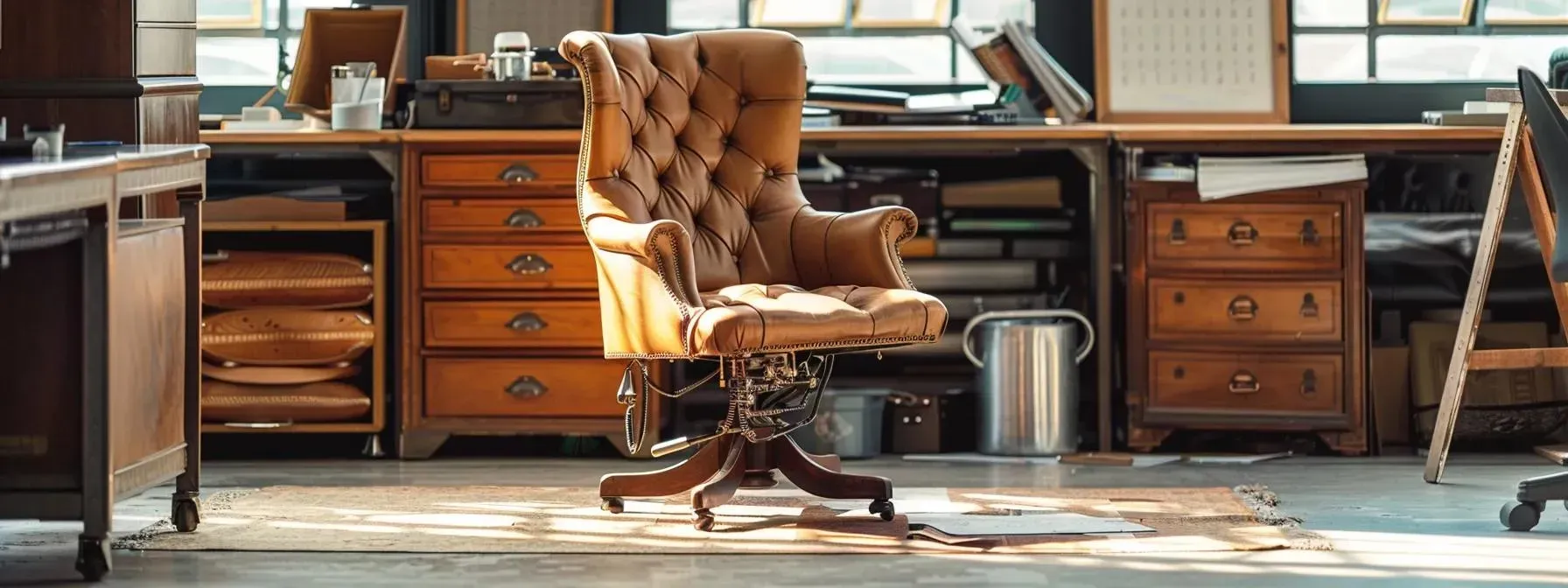
Proper maintenance is critical to extending the life of your restored furniture.
What Are the Best Cleaning Practices for Restored Vintage Furniture?
Dust with a microfiber cloth and use a slightly damp cloth with a mild cleaner for stubborn spots. Avoid direct sunlight and high humidity to prevent fading, cracking, or warping. Regular gentle cleaning preserves the restoration quality.
How to Prevent Future Damage and Wear?
Protect your furniture by keeping it away from heat sources and moisture. Use coasters and protective coverings on daily-use areas. Regularly inspect for signs of wear and promptly address minor issues before they escalate.
When and How to Perform Minor Touch-Ups?
Perform annual or as-needed touch-ups using matching fillers, stains, or waxes. Always test products on a hidden area first and apply thin layers to avoid overworking the finish. Small, regular repairs can help maintain the piece’s beauty over time.
Where Can You Find Expert Resources and Communities for Vintage Furniture Repair?
Learn from experts and join communities that share your passion for restoration.
What Online Courses and Guides Offer Professional Instruction?
Many websites and educational platforms offer courses on furniture restoration. Look for ones provided by reputable antique restoration schools, which often come with video tutorials, downloadable guides, and interactive forums.
How to Join Forums and Groups for Vintage Furniture Enthusiasts?
Join Facebook groups, Reddit forums, or dedicated restoration websites to exchange tips, ask questions, and find recommendations. These communities can offer valuable support and connect you with local workshops and meetups.
Where to Buy Curated Tools and Supplies for Vintage Restoration?
Specialized retailers and online marketplaces offer curated kits for wood and upholstery repairs. A local antique store in Cumming will often carry exclusive products and can provide expert advice, ensuring you have the best supplies for your projects.
What Are Common Mistakes to Avoid When Repairing Vintage Furniture?
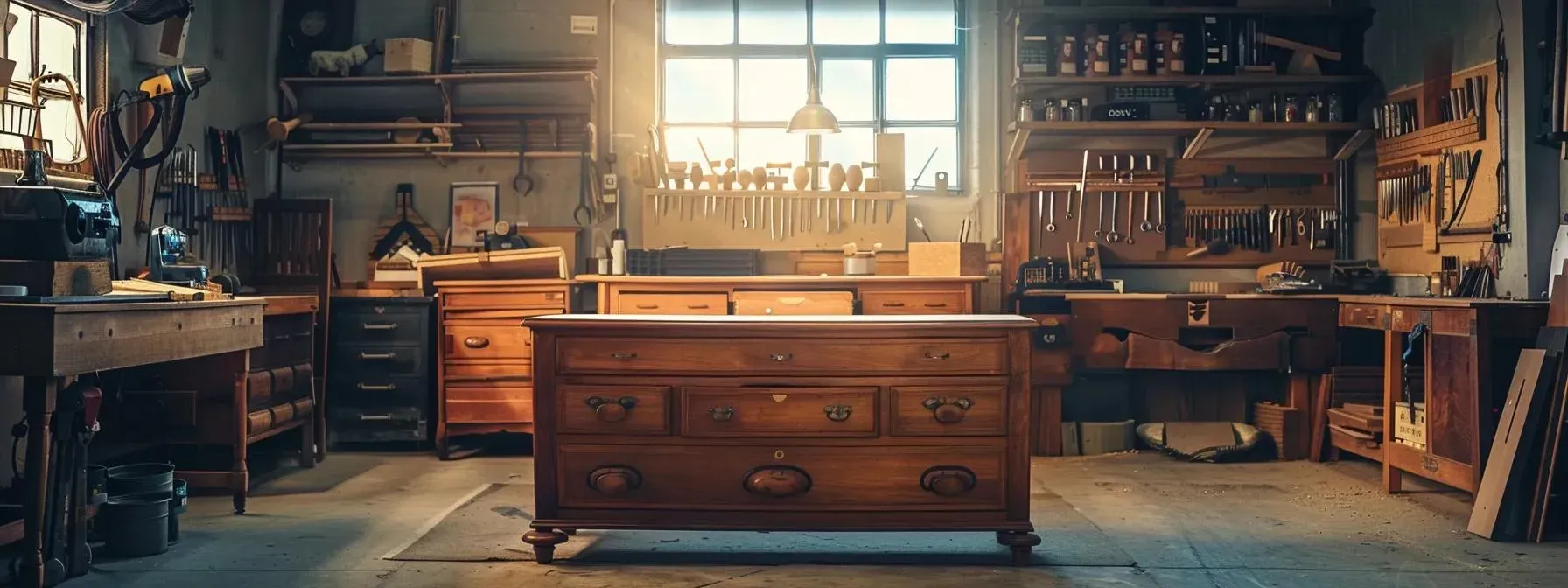
Avoid pitfalls that can compromise your restoration work.
How Can Incorrect Repairs Damage Vintage Value?
Using the wrong adhesives or over-sanding can make repairs obvious and reduce the piece’s value. Irreversible alterations or poor matching of finishes can detract from its original character.
Why Is Preserving Original Features Important?
Maintaining original hardware, joinery, and finishes preserves the historical integrity and collectible value of the furniture. Aim for conservation and careful restoration rather than complete transformation.
How to Recognize When a Repair Is Beyond DIY?
Know your limits. Extensive structural or intricate veneer damage may require professional intervention. If your repair attempts seem to worsen the damage, it’s time to consult an expert.
Final Thoughts
Restoring vintage furniture blends artistry, technical skill, and respect for history. This guide has covered essential tools, assessment techniques, repair methods for wood and upholstery, and maintenance tips. By avoiding common mistakes and tapping into expert resources, you can transform timeworn pieces into restored treasures that honor their original charm. Enjoy the art of restoration and let your creativity bring history back to life.
